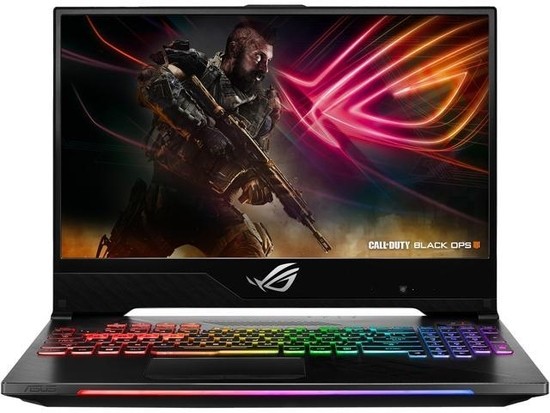While desktops still stays first choice among majority of gamers, time to time people simply need something more convenient. A gaming laptop is a great solution for travelers and budget-gamers, with the ability to mess around in a size you can take with you anywhere anytime.
When PC buyers pick everything separately, laptop gamers have to make only one choice – there is not much extra you will need for your new inventory.

So, let’s begin with most important specs for a gaming laptop:
- Get a decent CPU: Most games are CPU-ward, and you can’t overhaul these in a laptop. A decent CPU will guarantee that your performance does not messes around at high settings for a couple of years.
- RAM: The more the better. Many, if not all, will let you upgrade your RAM capacity.
- Resolution: The quickest 144Hz shows just come at 1920 x 1080 goals at the present time, so a 4K screen will be slower.
- Controls: Nobody prefer to play your games on something soft or firm. Most gaming laptops come with integrated comfortable keyboard.
- Battery life will most likely be awful: Very not many gaming scratch pad get 8 hours or more on a charge, and you need the force supply to get the best execution in any case.
Resolution
Screen resolution is vital for a proper gaming experience. The higher screen resolution is, the more detailed graphics you will have. In this case it is very personal to state what is a good or bad, but everyone loves good graphics.
The info below shows what acronyms are equal to screen resolution.
WXGA: 1366×768, 1280×800
SXGA: 1280×1024
SXGA+: 1400×1050
WXGA+: 1440×900
WSXGA+: 1600×900, 1680×1050
UXGA: 1600×1200
WUXGA: 1920×1080, 1920×1200
WQHD: 2560×1440
WQXGA: 2560×1600
WQXGA+: 2880×1800
WQSXGA+: 3800×1800
UHD: 3840×2160, 4096×2160
Price
The bitter truth of purchasing a gaming laptop under $1000 can be very disappointing. Obviously, for this amount of money, you won’t run the most realistic, heavy games.
All things considered, I am not underestimating these laptops. They are the best value for money, yet the truth of the matter is, they may have the option to run the more established games like CS GO, League of Legends, Minecraft, and so on and to create custom menu systems get hyperspin download.
You can’t hope to run the fresher gaming titles like PUBG, Fortnite or GTA 5 on these laptops since they aren’t sufficiently powerful to run them. In this case, you should look for $2000 gaming laptop to have the best possible performance.
RAM
Random Access Memory, which generally stands for RAM, is one of the most significant part of any gaming PC or laptop. New generation gadgets extend from around 4GB to 16GB — or even more. In any case, what is the amount of RAM you really should have?
The memory you need will rely upon two variables: what kind of games you will play and the money you’re willing to spend.
2GB: Only found in cheap phones or tablets. It is totally enough for them, however you’ll need more in a laptop for gaming.
4GB: Still nothing impressive. Fine for regular users with basic taks.
8GB: Perfect for daily usage or work laptop. Also, it will work for older games or new, lightweight games.
16GB: Most of the games will work fine with this amount of RAM, some of them will work on highest graphic options.
32G: Even enthusiasts of gaming will be happy with this number.
CPU
While picking a CPU, first ask what you will do with it and how much you are ready to pay for it after you’ve made sense of the amount you’re spending on different segments like your SSD, RAM, GPU and PSU. While processors are significant, there’s no reason for putting together a fast chip with feeble graphics (except if you aren’t a gamer) or a weak, turning mechanical hard drive only.
Conclusion
In this article I reviewed most important aspects of choosing a gaming laptop. Despite that, there are many more thing to look at before making a buying decision, but those are more personal. Picking the right CPU, RAM, screen for the right price is half work done. I hope I helped you to make a right decision. Happy gaming!
